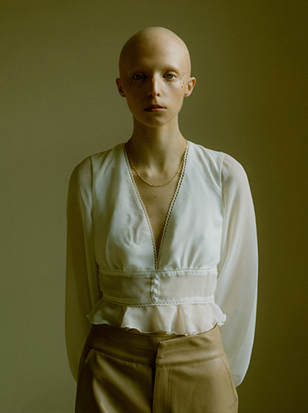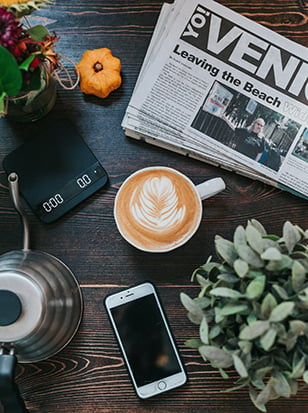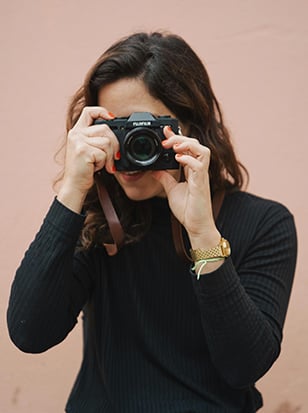
If you’re a shooter worth your salt, you’re likely always looking for ways to improve your photography. One of the main pleasures of learning a skill is feeling yourself improve, and even seasoned professional photographers know that you never stop learning.
But it can be easy to get stuck in a rut and feel like you’re taking the same old shots without seeing much in the way of gains. This guide is for anyone who feels like their photography could do with sharpening up, or who’s looking to raise the standards of their image-making. With tips from a range of Wex contributors, all of whom have been shooting and writing about photography for years, this represents some of the sharpest advice you could ask for when it comes to improving your photography.
Improve your photography: Composition
Photography is a skill like any other, and you need to keep practising your camera craft to stay sharp and versatile. Getting rusty is an easy trap to fall into, and you can end up missing great images if you’re fumbling with settings when you should be shooting. Here are some practical suggestions to keep yourself in the game…
Improve your photography: Composition
Composition is one of the most fundamental parts of photography. How you point your camera, how you use height, how close you get to your subject, and what you include in the frame — all these factors shape the composition of an image.
The best way to improve your composition is practice, practice, practice — and the good news is that with digital photography, practising is free. Still, a few key tips can help sharpen your eye; here are our team’s top recommendations.
Improve your photography: Bad habits to break
Like any pursuit, photography has its pitfalls. It’s easy to fall into bad habits that could be sabotaging your creativity and productivity without you even realising it. And if there’s nobody to point them out, it’s easy to reinforce them.
While every photographer is different, there are a few common bad habits worth nipping in the bud. Before your next shoot, run through this checklist to make sure you aren’t guilty of any of the following…
The Wex Blog
Sign up for our newsletter today!
- Subscribe for exclusive discounts and special offers
- Receive our monthly content roundups
- Get the latest news and know-how from our experts







